There is something beautiful about nonviolence. The idea that the presence of violence can be counteracted by its absence. But the looming question is whether or not it is effective.
To me, one need only look as far as Dr. Martin Luther King Jr. to witness a testament to the power of nonviolence. Dr. King emphasizes that nonviolence is not for the weak; it is a form of resistance which seeks a reconciliation and an unconditional love inside of a community. This is not a revolutionary encounter with the state. Instead, this is an attempt to change the foundations of the state.
Dr. King’s prescription for nonviolence often features at the forefront of my mind when I think of Tibetan nonviolence. As much as I think that there are clear parallels—a fight against oppression and violence—I also wonder if the two are in fact analogous. Most instances of successful nonviolence (the Civil Rights Movement, Women’s suffrage etc.) seek a reformation of formal and informal rules within their society, whether as Tibet’s story has been different.
Originally, after the 1959 uprising, Tibetans had sought a separation from Chinese rule. Unlike the usual nonviolent protest—non-revolutionary in nature—this separation was revolutionary. This would have been an act that eliminated China as a ruling entity. For reference, this is different than the Civil Rights Movement, which did not seek the elimination of the state’s governance, but rather a restructuring of rules. Tibetans did not at first use nonviolence to achieve this goal. Instead, throughout the 60’s and 70’s, Tibetans, with the coordination of the CIA, launched covert, guerrilla operations throughout Tibet. It was only in 1974, after a pre-recorded message of H.H Dalai Lama urging non-violence, was played to these operatives that a unified nonviolent resistance truly started. And even then, several Tibetan operatives drowned themselves in a nearby river rather than surrender their weapons to Nepalese troops—who were following the orders of the Chinese.
Had Tibetans continued this kind of resistance, I fear that we may have suffered a similar fate to the Uyghurs—almost a million of which are in concentration camps in China. Instead, Tibet’s nonviolent resistance has reached worldwide acclaim. Perhaps the most well documented of these forms is self-immolation, the act of setting one’s self on fire as means of protest. Since 2009, there have been over 150 documented cases, ranging from youth to elderly individuals.
Self-immolation has raised an important ethical question: is it nonviolent? This has been a divisive question, even in Tibetan communities—some of which consider the act to be violent against oneself. In 1998, H.H Dalai Lama even proffered this opinion, before correcting it years later, citing that self-immolation is nonviolent due to its avoidance of harming other people—as opposed to a suicide bombing for example. In a 2017 interview with Last Week Tonight host John Oliver, H.H Dalai Lama articulated the difficulty of speaking on the issue, explaining that even though he wishes for Tibetans to not suffer harm, he cannot condemn self-immolation, due to the shame it could cast on the protester’s family.
Although I agree with H.H Dalai Lama’s sentiments, insofar that one cannot promote a form of nonviolence that manifests in death, I demand that these sacrifices must not be forgotten. These are desperate pleas for the world to listen and to see. These are the memories of aerial bombings of monasteries, of state-sponsored killings, of human rights violations, and of suffering.
Today, as Tibetans have moved their focus from total separation from China to the Middle Way—Tibet would remain under Chinese control but have real autonomy—nonviolence raises new questions. Will it be taken as strength or weakness? Will the world support this movement? Will China grant any kind of meaningful autonomy to Tibet?
For now, Tibetan nonviolence is unity. The shared belief that one day, we will be free.
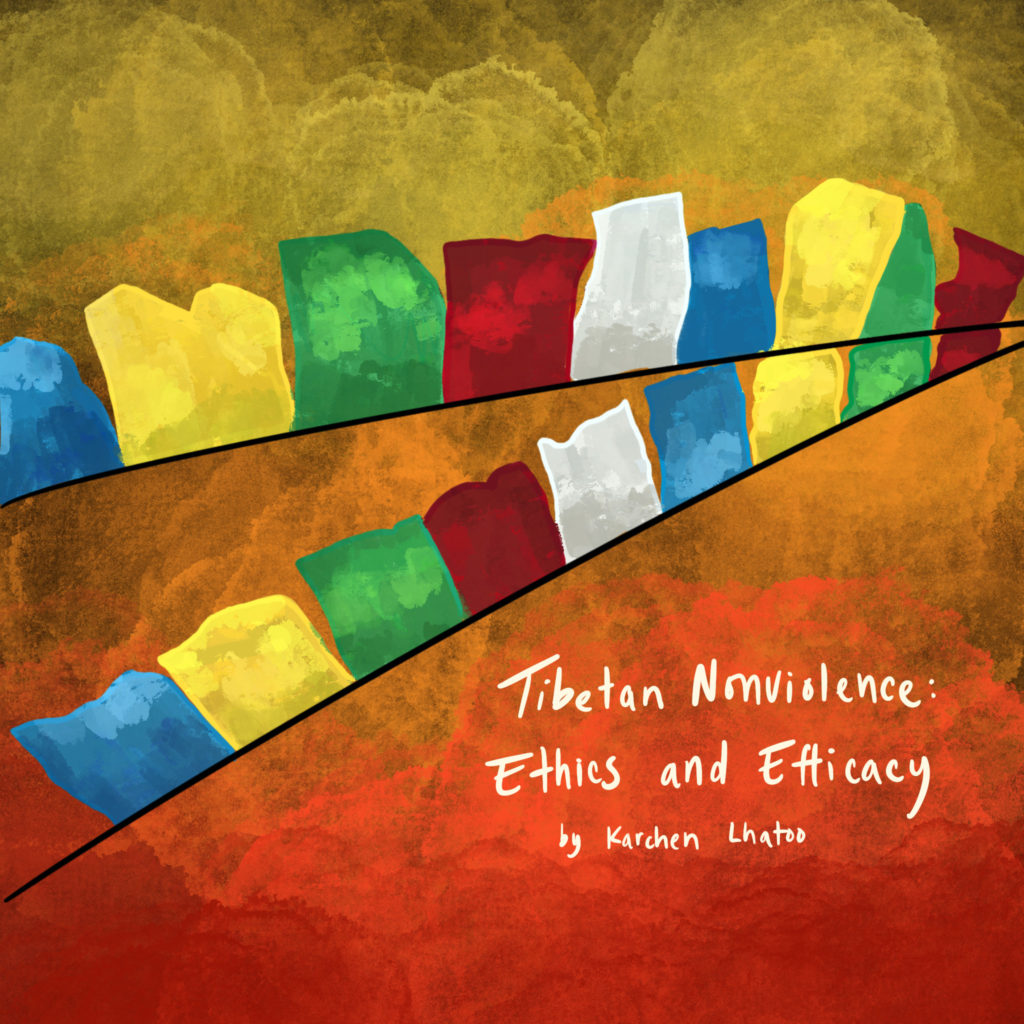

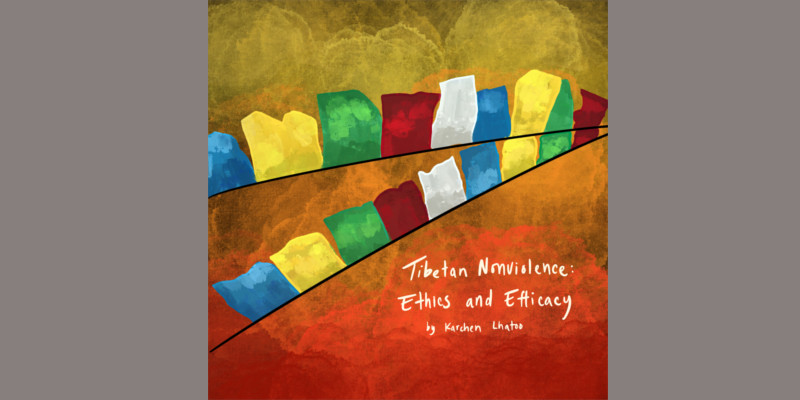
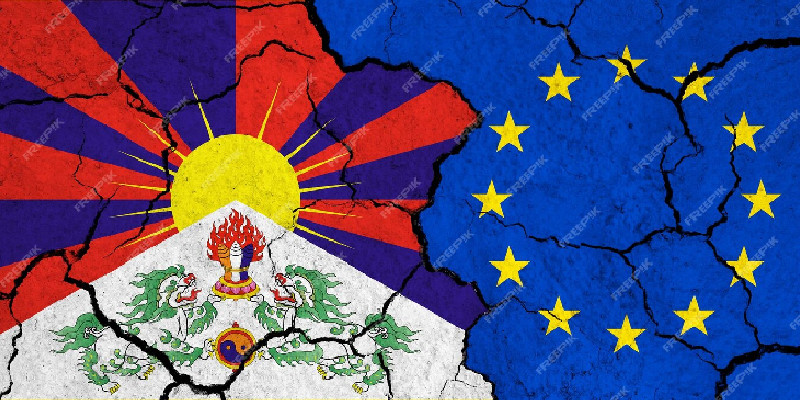
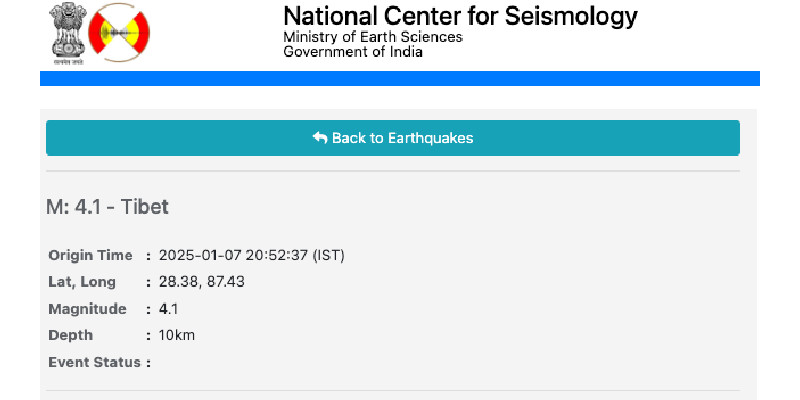
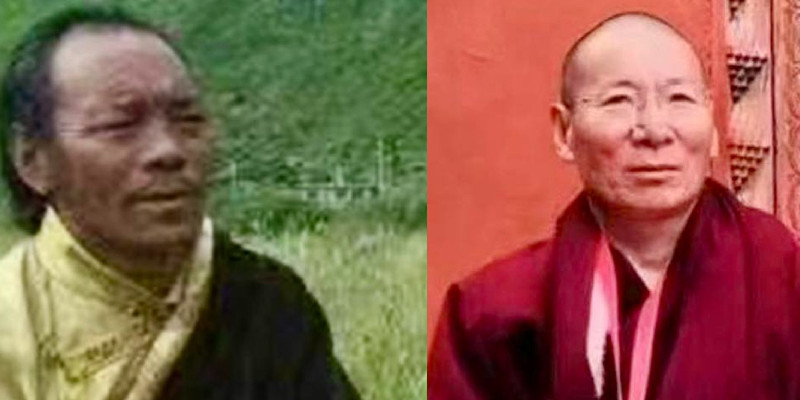
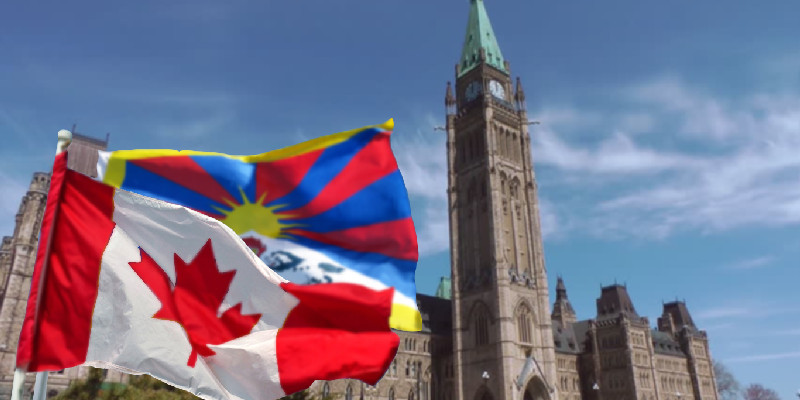

Leave a Reply